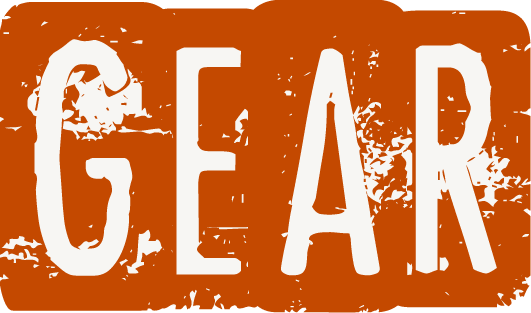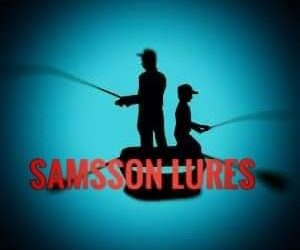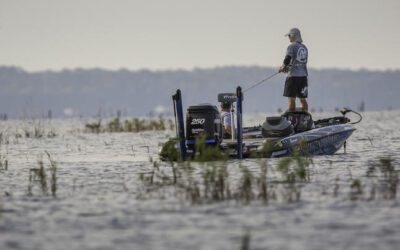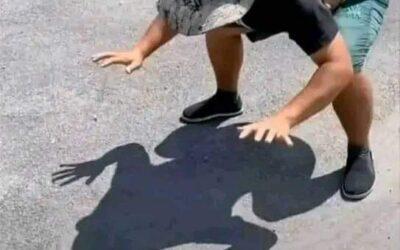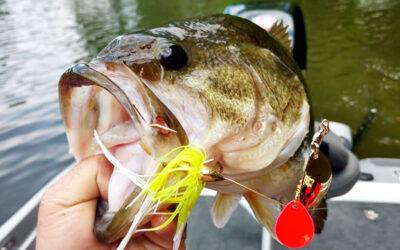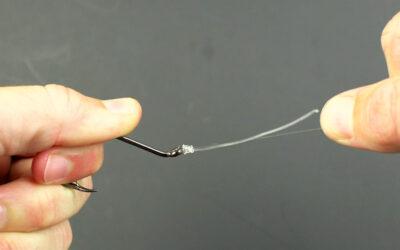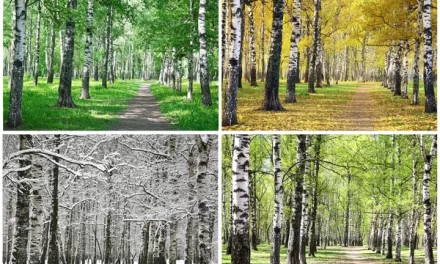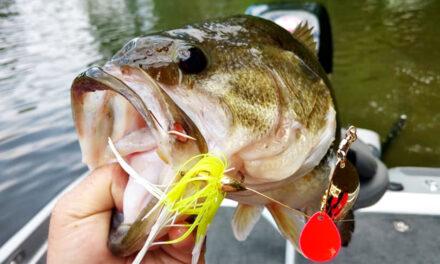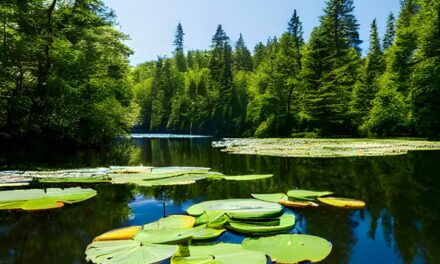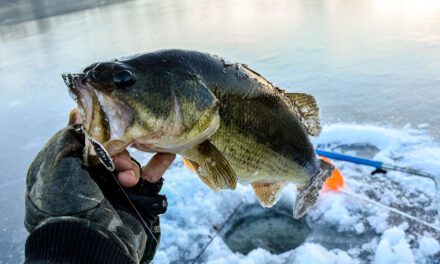We sit down with Bo Merckle of SamsSon Lures to discuss his unique idea for the ultimate memorializing bass fishing lure of your loved one.
Seasonal Guide to Reading Topography Maps
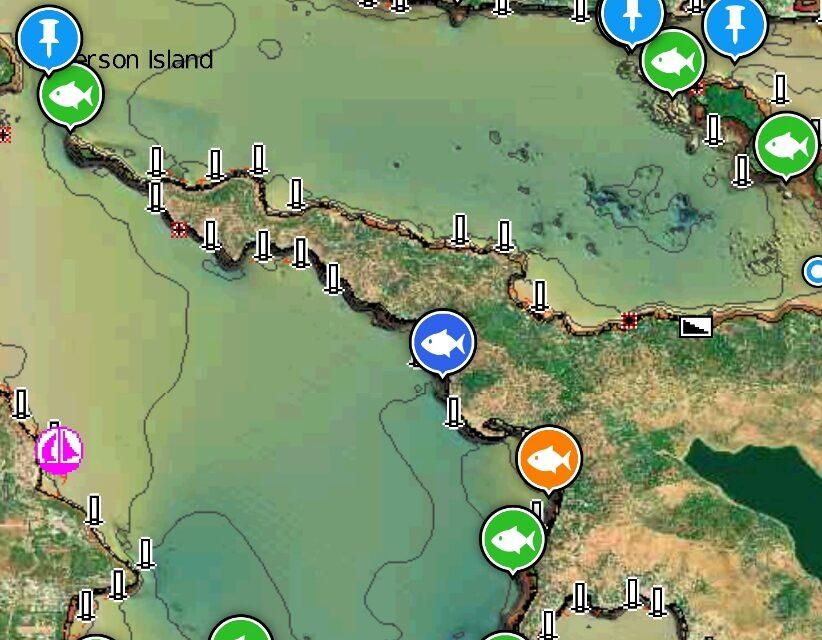
Introduction
Anglers seeking the ultimate largemouth bass fishing experience need to understand not only the habits of these elusive fish but also how to read topography maps to pinpoint their most likely locations. This article will guide you through the process of interpreting topographic maps to maximize your chances of finding largemouth bass hotspots, broken down by season.
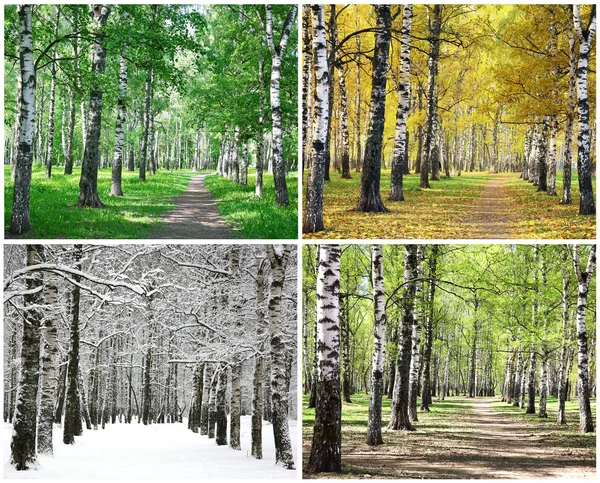
Spring
During spring, largemouth bass begin their spawning process, which makes them more predictable in terms of location. To find the best spots during this season, follow these steps:
Identify shallow water areas: Look for contour lines on the topography map that are widely spaced. Largemouth bass prefer to spawn in areas with a depth between 2 and 10 feet.
Look for flats near spawning grounds: Bass will often roam flats near their spawning grounds, so search for wide areas with minimal contour lines in close proximity to shallow water areas.
Find cover: Bass prefer to spawn near some form of cover like submerged vegetation, fallen trees, or docks. On a topographic map, these areas may be indicated by symbols or marked as points of interest.
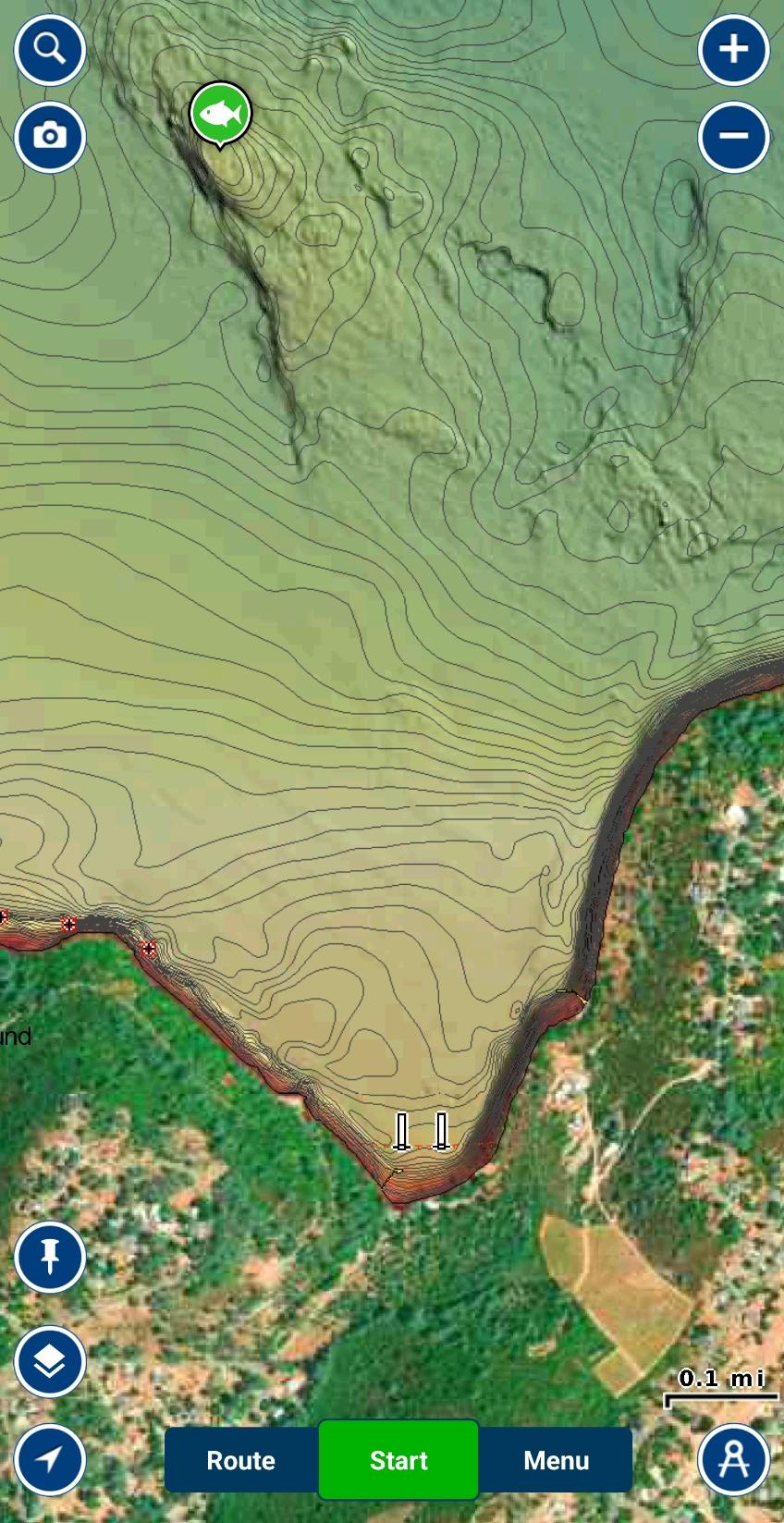
Look for Spawning Grounds
Summer
As the water temperature rises, largemouth bass will seek deeper, cooler waters. To locate bass during the summer months, use the following techniques:
Identify drop-offs and ledges: Search for contour lines on the topography map that suddenly become close together, indicating a steep drop-off or ledge. Bass will often congregate around these structures to access cooler water.
Locate humps and underwater islands: Look for areas where contour lines form closed shapes, which represent underwater humps or islands. These can provide excellent summer bass fishing spots.
Seek out submerged vegetation: In topographic maps, areas with submerged vegetation may be represented by symbols or shaded areas. Largemouth bass will often use these as hiding spots to ambush prey.
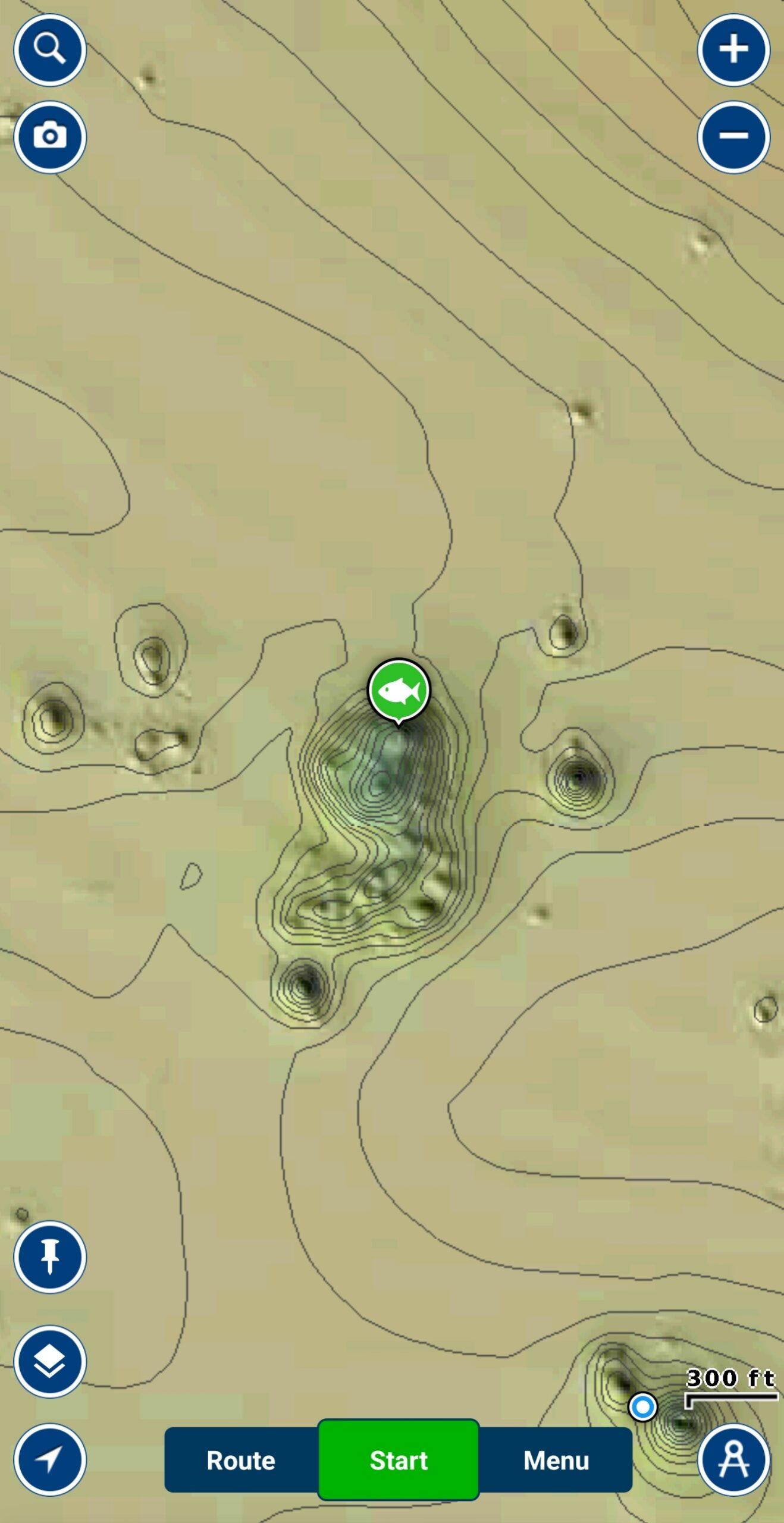
Loof for Dropoffs to Deeper Water
Fall
During fall, largemouth bass will move into shallower waters to feed heavily before winter. To find bass during this transitional period, follow these steps:
Target creek channels and tributaries: On a topographic map, creek channels and tributaries will be represented by blue lines. These areas will often hold schools of baitfish, attracting hungry bass.
Focus on points and secondary points: Points are areas where the shoreline extends into the water, while secondary points are smaller projections. Look for contour lines that form V-shapes, indicating these structures. Bass will often use these areas as ambush points.
Find transitional zones: Look for areas on the topography map where different bottom compositions meet, such as where a rocky area transitions to sand or mud. These areas can be hotspots for bass activity.

Look for Creek Channels or Tributaries
Winter
Largemouth bass are less active during winter, but they can still be found by targeting specific areas:
Locate deep water sanctuaries: During winter, bass will often congregate in deep water areas with a stable temperature.
Seek out underwater structures: Bass will often use underwater structures, such as rock piles or submerged timber, for cover during winter. These may be marked on the topography map with symbols or points of interest.
Focus on channel swings: Channel swings are bends in a river or creek channel where the deepest part of the channel swings close to the bank. These can be identified on a topographic map by looking for areas where the blue line representing the channel hugs the shoreline.

Look for Deep Water with Stable Temperatures
Conclusion
Learning to read topography maps is a valuable skill for any angler seeking largemouth bass hotspots. By understanding the habits of bass during different seasons and identifying key structures on a topographic map, you can increase your chances of locating and catching these elusive fish.
